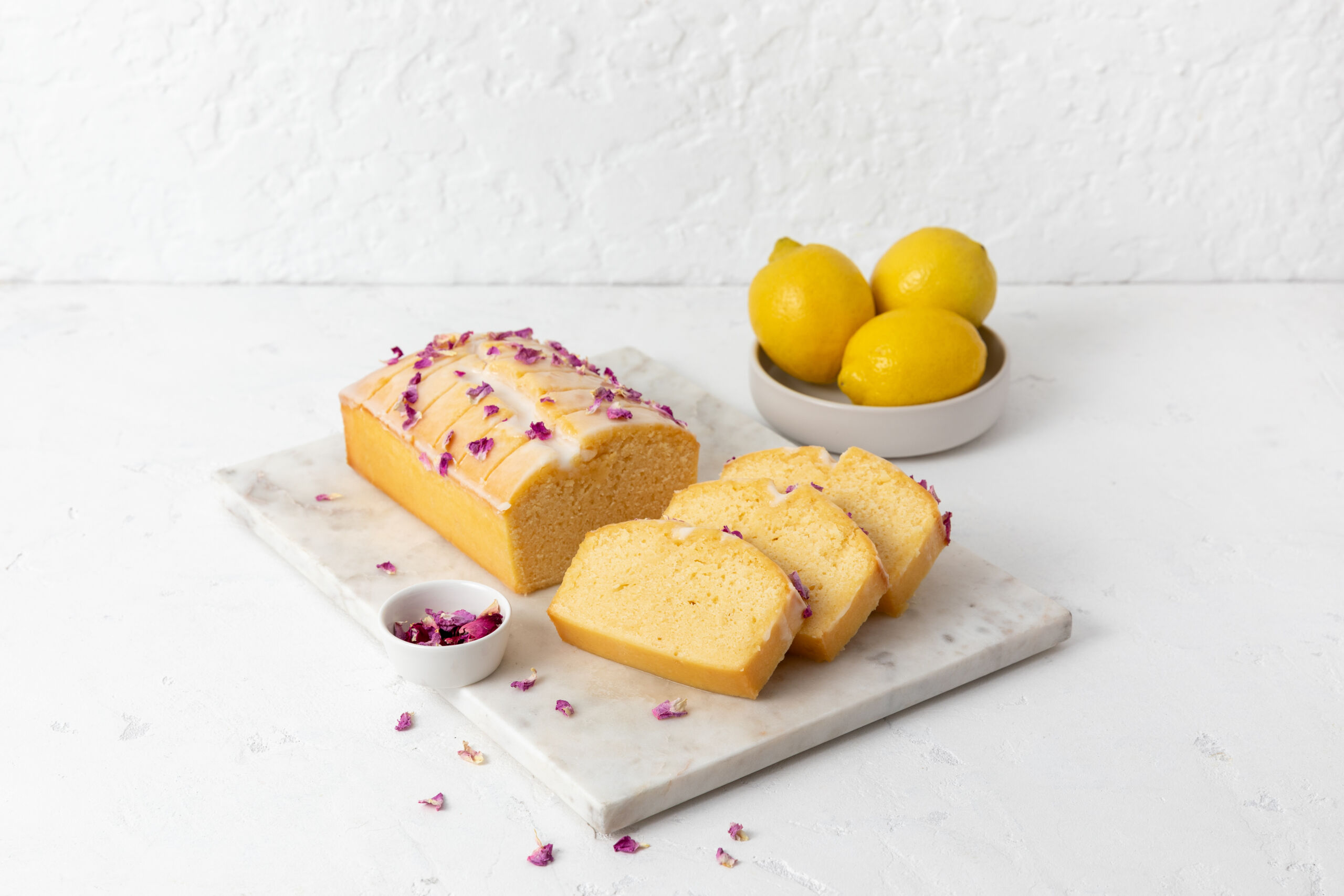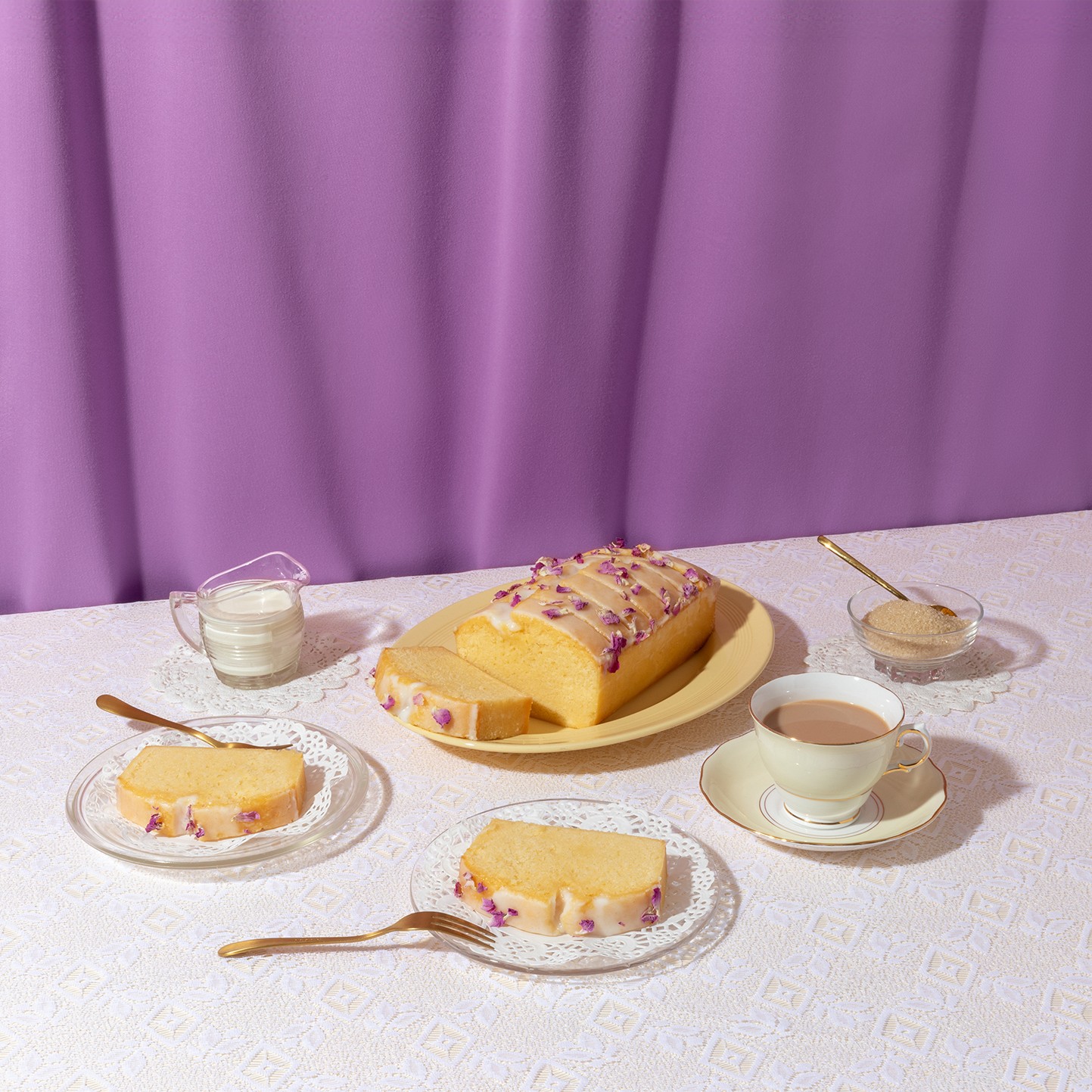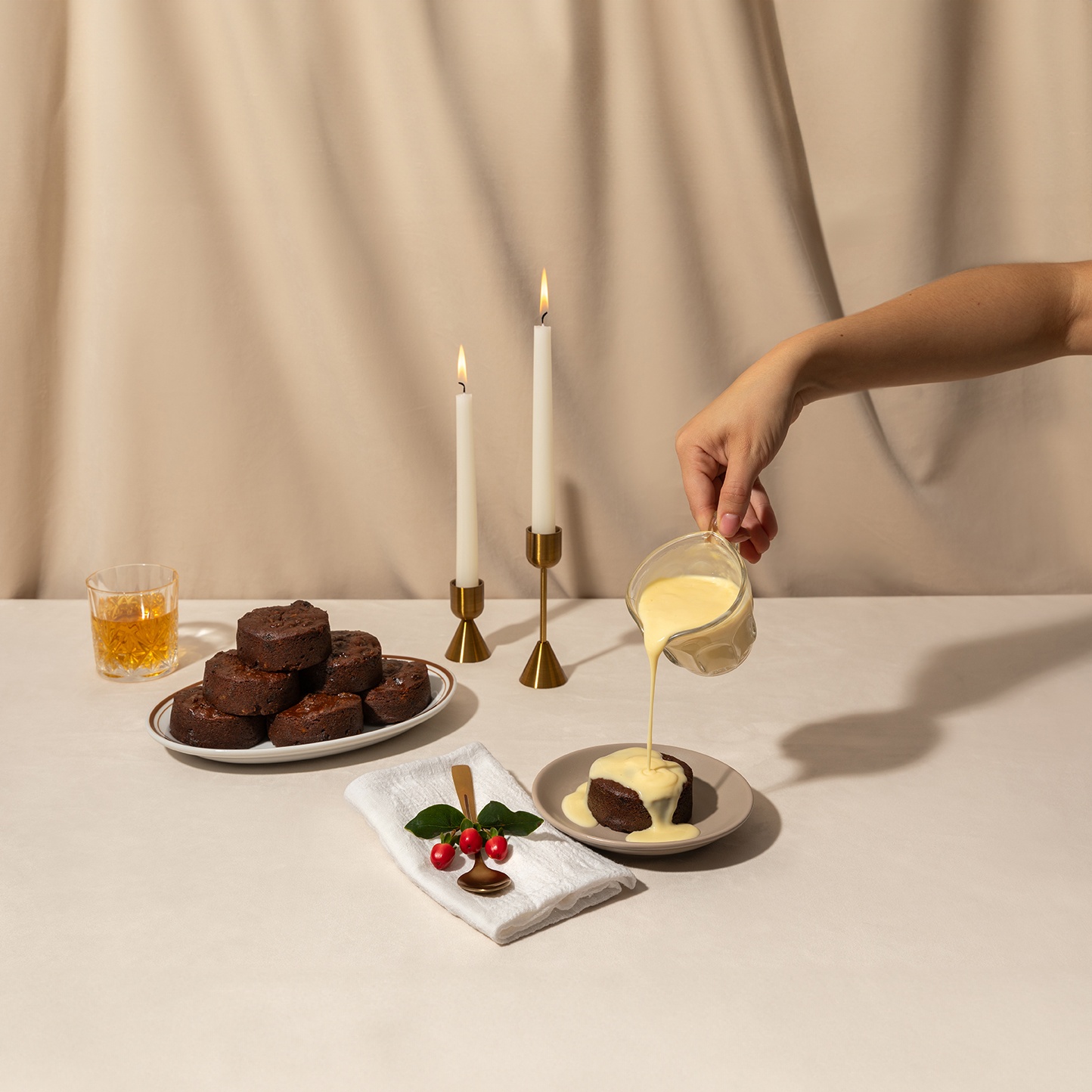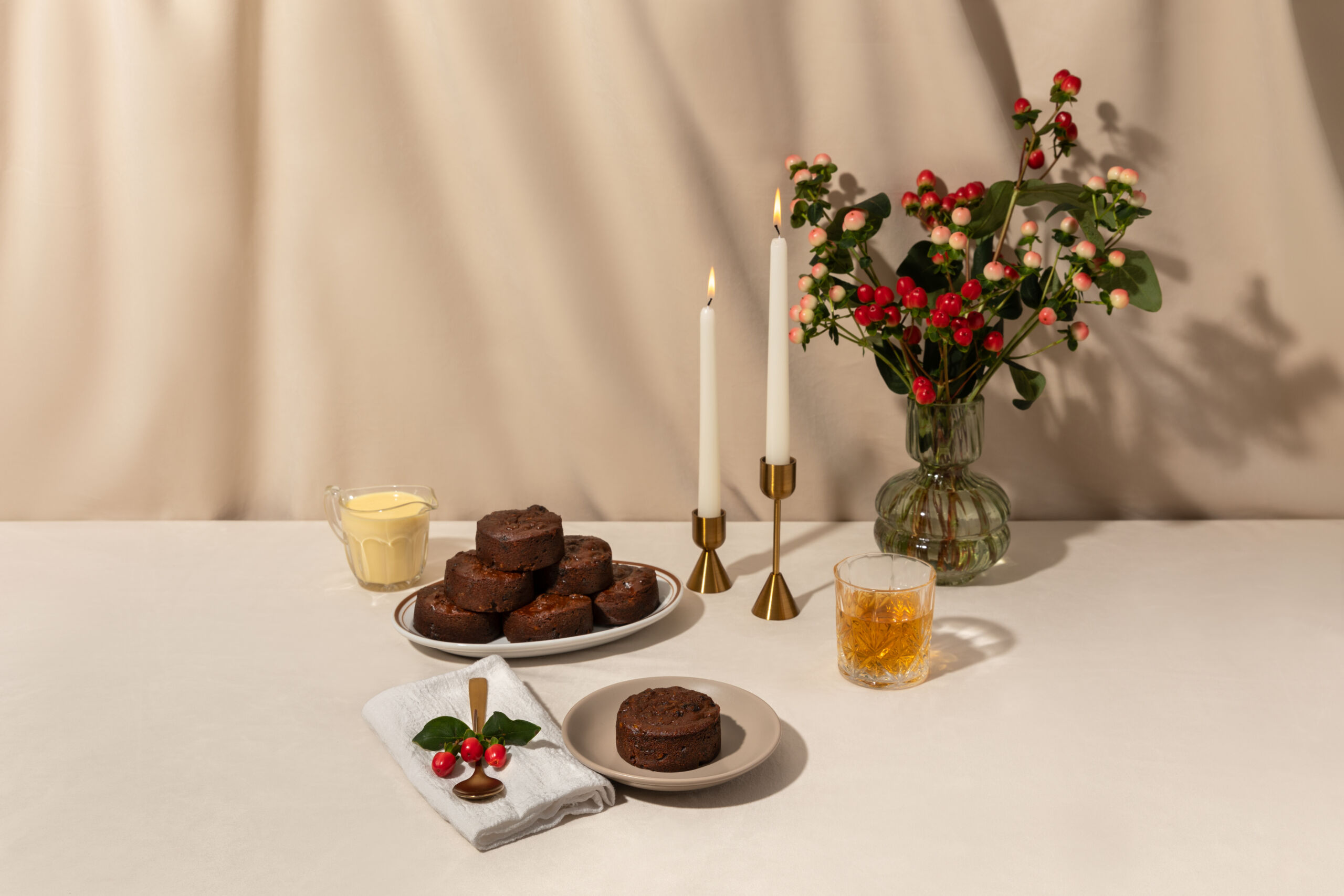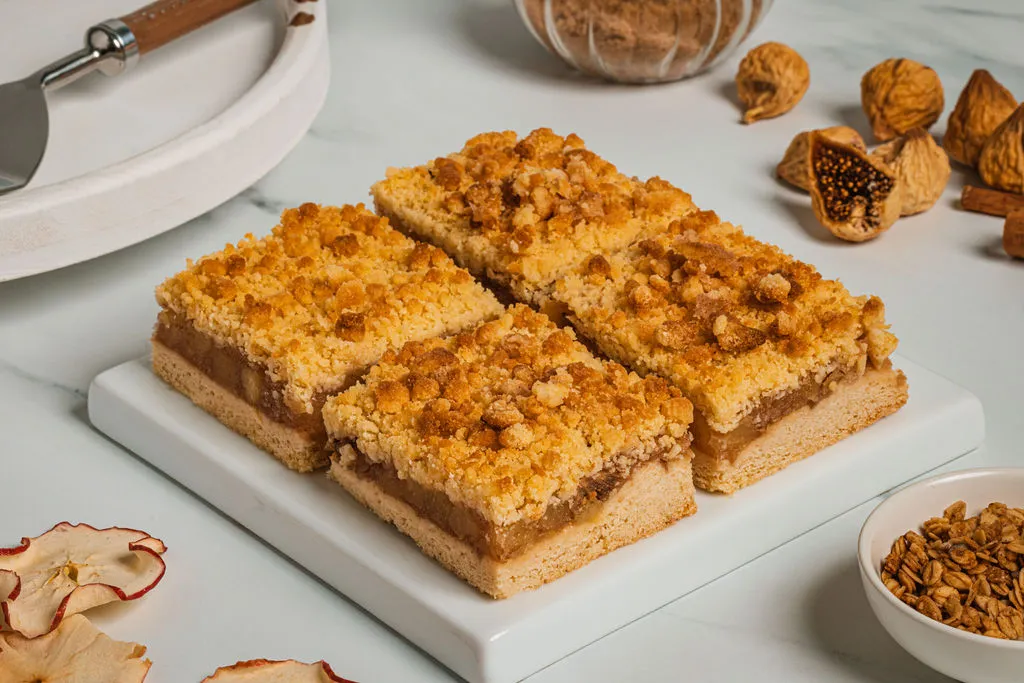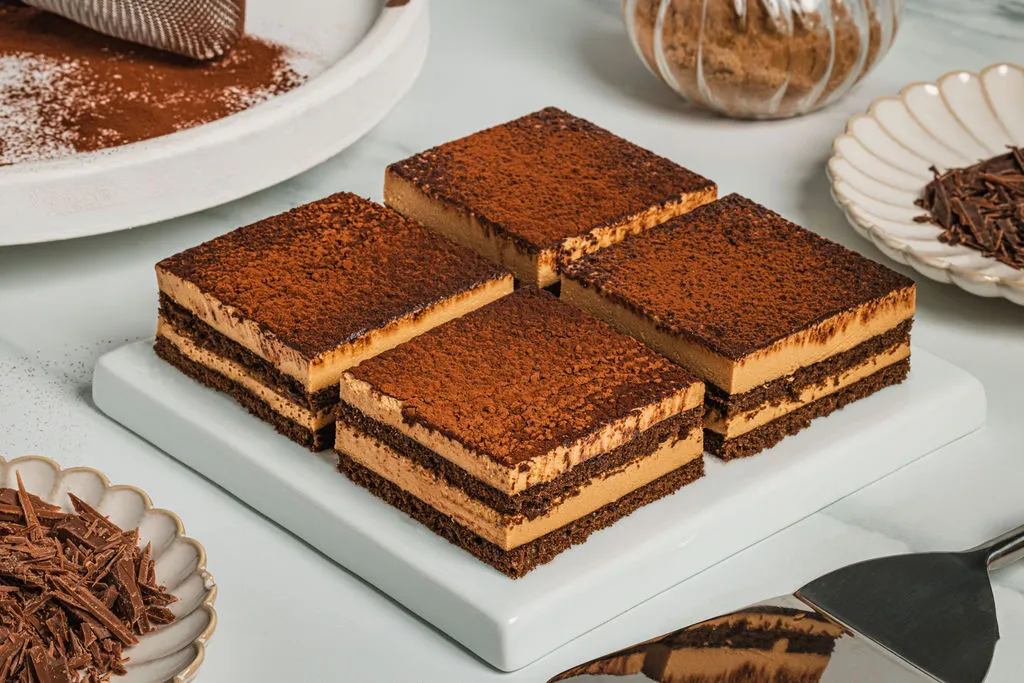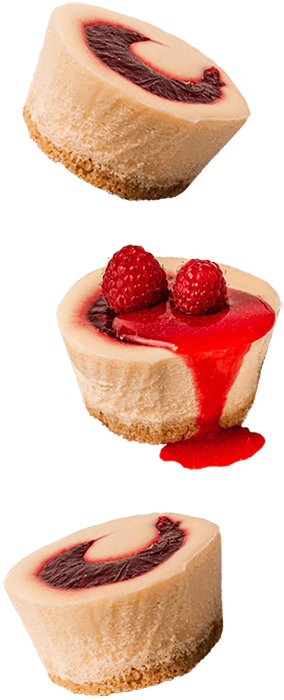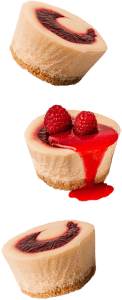At a glance
- Texture enhances the dessert eating experience by engaging multiple senses, influencing flavour perception, and adding visual appeal.
- Using whole nuts, fruits, chocolate flakes, and surprise fillings in desserts creates a balanced and delightful textural variety that elevates overall enjoyment.
- Partnering with a reliable wholesale dessert supplier ensures consistent quality, various innovative products, and convenience in offering high-quality, texturally diverse desserts.
It’s not just about the taste, you know? When it comes to desserts, the texture is like the secret ingredient that can take a simple treat and turn it into a mind-blowing experience. For those of you in the food biz, especially the ones who get their desserts from a wholesale supplier, understanding and using texture to your advantage can be the key to making your customers fall in love with your desserts and keep coming back for more. So, let’s dive into how texture can make your desserts the talk of the town.
The Importance of Texture in Desserts
Texture affects how we perceive flavour, enjoyability, and overall satisfaction. It engages multiple senses, adding complexity and interest to each bite. From the crunch of a biscuit base to the smoothness of a creamy filling, these textural elements can transform the eating experience.
Enhancing the Eating Experience
- Sensory Engagement: Texture engages our senses beyond taste, involving touch and sound. The crackle of a caramel shard, the snap of a chocolate coating, or the chewiness of a nougat layer adds layers of sensory pleasure that make eating more enjoyable.
- Flavour Perception: Different textures can influence how flavours are perceived. For instance, a crunchy element can enhance the perceived freshness of a dessert, while a smooth texture can highlight its richness. This interplay can create a more balanced and satisfying dessert.
- Visual Appeal: Textural variety also contributes to the visual appeal of a dessert. Seeing visible layers and components like whole nuts, fruit pieces, and chocolate flakes can make a dessert look more enticing and premium, which is crucial for appealing to customers.
Ingredients You Can See
One of the most effective ways to introduce texture into desserts is by incorporating visible and recognisable ingredients. This enhances texture and adds to the perceived quality and authenticity of the dessert.
Whole Nuts and Fruits
Whole nuts and fruits add crunch and chewiness and introduce natural flavours and nutrients. For example, whole almonds or hazelnuts in a chocolate tart provide a satisfying crunch and a nutty flavour. Similarly, chunks of fresh strawberries or raspberries can add a juicy and slightly tart contrast to sweet and creamy elements.
Examples of Nuts in Desserts
- Almond Tarts: Almonds are a versatile nut used in various desserts. An almond tart combines almonds’ rich, buttery flavour with a crisp pastry shell, creating a delightful textural contrast.
- Hazelnut Brownies: Hazelnuts add a unique, earthy flavour and a satisfying crunch to brownies. Combining a fudgy interior with crunchy hazelnuts makes for an irresistible treat.
- Pecan Pies: Pecans are a classic choice for pies. A pecan pie’s soft, sweet filling is perfectly complemented by the crunch of whole pecans, providing a rich and indulgent dessert experience.
Examples of Fruits in Desserts
- Berry Parfaits: Layering fresh berries with yoghurt or cream creates a beautiful, texturally diverse parfait. The berries provide juiciness and a slight tartness, balancing the creaminess of the yoghurt or cream.
- Apple Crumbles: Apples become tender and juicy when baked, while the crumble topping adds a satisfying crunch. This contrast makes apple crumble a beloved dessert.
- Mango Cheesecakes: Fresh mango pieces on a creamy cheesecake base offer a delightful combination of smooth and juicy textures, enhancing the overall dessert experience.
Chocolate Flakes and Pieces
Incorporating chocolate flakes or pieces into desserts can provide a delightful textural contrast. Whether dark, milk, or white chocolate, these elements can add a satisfying snap and melt-in-the-mouth smoothness that enhances the overall eating experience.
Examples of Chocolate in Desserts
- Chocolate Chip Cookies: The classic chocolate chip cookie perfectly illustrates how chocolate pieces can enhance texture. The contrast between the soft cookie dough and the firm chocolate chips creates a delightful eating experience.
- Chocolate Shards on Cakes: Adding chocolate shards to the top of a cake enhances its visual appeal and provides a crisp texture that contrasts with the soft cake layers.
- White Chocolate Mousse with Dark Chocolate Flakes: The smoothness of a white chocolate mousse is beautifully contrasted by the addition of dark chocolate flakes, creating a balanced and texturally interesting dessert.
Textural Surprises
Adding elements of surprise can elevate the dessert experience by creating moments of unexpected delight. Filled products are particularly effective when a smooth or liquid filling is encased within a contrasting outer layer.
Example: Choc Salted Caramel Tart
A prime example of a textural surprise is the Choc Salted Caramel Tart. This dessert features a crisp pastry shell filled with rich chocolate ganache and injected with salted caramel. The caramel oozes out when cut into, contrasting the crunchy shell, creamy ganache, and gooey caramel. This combination of textures makes each bite a unique and pleasurable experience.
Other Examples of Textural Surprises
- Lava Cakes: These cakes have a firm outer layer leading to a molten chocolate centre. The contrast between the cake’s exterior and the liquid interior creates a dramatic and indulgent dessert experience.
- Eclairs: Eclairs feature a choux pastry shell filled with cream or custard. The light, airy pastry contrasts with the smooth, creamy filling, providing a delightful textural contrast.
- Filled Donuts: Donuts filled with jam, custard, or chocolate offer a surprise with each bite. The soft, fluffy doughnut exterior hides a burst of flavourful filling, making for an enjoyable eating experience.
Practical Tips for Incorporating Texture
For businesses looking to enhance their dessert offerings, here are some practical tips on incorporating texture:
1. Source High-Quality Ingredients
Quality ingredients are the foundation of any great dessert. When sourcing from a wholesale dessert supplier, look for suppliers who provide high-quality, fresh ingredients. This ensures that the textures are authentic and enhances the overall eating experience.
2. Balance Textures
Achieving the right balance of textures is key. Too much crunch or too much creaminess can overwhelm the palate. Aim for a harmonious blend of textures that complement each other. For example, pairing a crunchy biscuit base with a smooth mousse or a soft cake with a crisp topping.
3. Experiment with Layers
Layering different textures can create depth and complexity in a dessert. Consider a layered dessert like a trifle, where each layer offers a different texture, from sponge cake and custard to fruit and cream. This approach can make each spoonful a new and exciting experience.
4. Use Fillings and Inclusions
Incorporating fillings and inclusions can add surprise and delight. Fillings like fruit compotes, caramel, or ganache can provide a contrasting texture to the outer layer of the dessert. Inclusions like nuts, chocolate chips, or cookie pieces can add crunch and interest.
5. Pay Attention to Presentation
The way a dessert is presented can also influence the perception of texture. A well-presented dessert that showcases its different textural elements can be more appealing to customers. Use garnishes like chocolate curls, nut pieces, or fresh fruit to highlight the textural variety.
Leveraging Wholesale Desserts for Textural Excellence
Partnering with a reliable wholesale dessert supplier can make offering high-quality, texturally diverse desserts easier for businesses. Here are some ways to leverage wholesale desserts to enhance the eating experience:
Consistency and Quality
A reputable wholesale dessert supplier ensures consistency in quality and texture. This is crucial for maintaining customer satisfaction and loyalty. Consistent quality means customers can expect the same delightful textural experience when ordering a dessert.
Variety and Innovation
Wholesale dessert suppliers often offer a wide range of products that cater to different tastes and preferences. This variety allows businesses to offer an array of texturally diverse desserts, from creamy cheesecakes and mousse cups to crunchy tarts and nut-studded brownies. Additionally, suppliers frequently innovate, introducing new products incorporating trendy textures and flavours.
Convenience and Efficiency
Wholesale desserts can save time and effort, allowing businesses to focus on other operations. Pre-made desserts with well-balanced textures can be easily customised with fresh garnishes or accompaniments, enabling businesses to offer high-quality desserts without requiring extensive in-house production.
In the world of desserts, texture is a key element that can elevate the eating experience. From the visual appeal of visible ingredients like whole nuts and fruits to the sensory delight of textural surprises like filled products, incorporating a variety of textures can transform a simple dessert into a memorable indulgence. For businesses, partnering with a reliable wholesale dessert supplier can provide access to high-quality, texturally diverse products that enhance customer satisfaction and set their offerings apart. By understanding and leveraging the role of texture, businesses can create dessert experiences that are not only delicious but also engaging and unforgettable.

